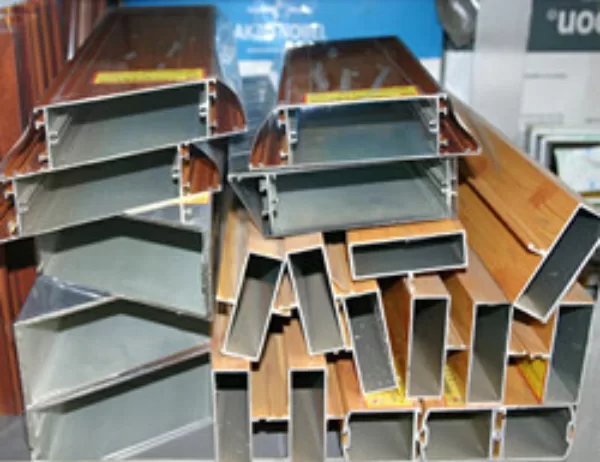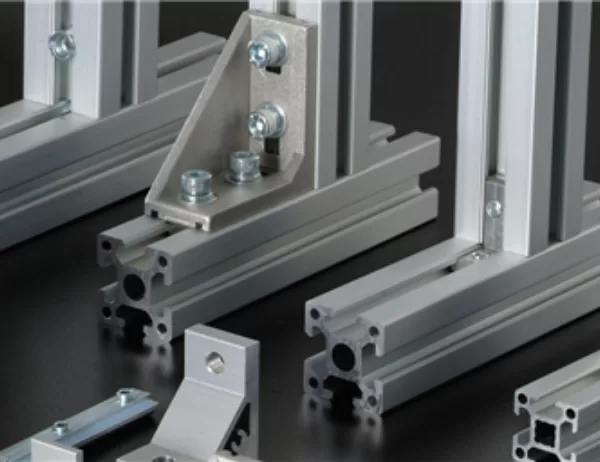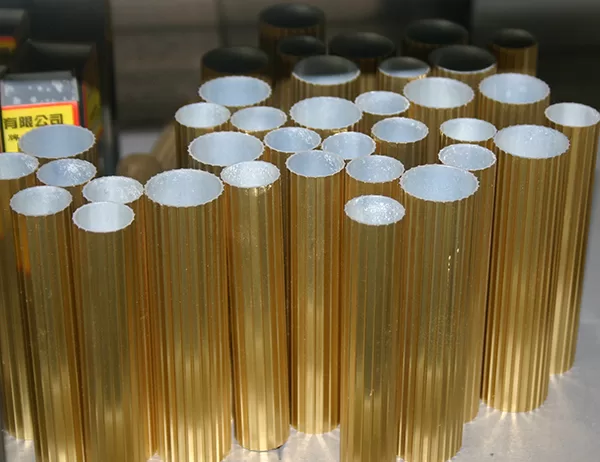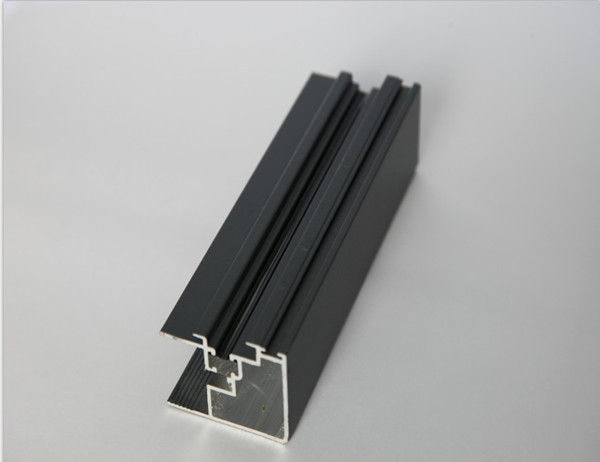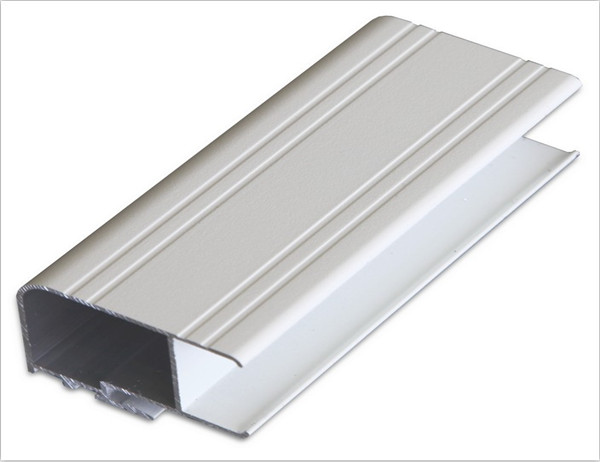Advances in Aluminum Molding Profile Technology: Reshaping the Metalworking Landscape
Aluminum, a lightweight and versatile metal, has long been a cornerstone of various industries. Its exceptional strength-to-weight ratio, corrosion resistance, and ability to form complex shapes make it the ideal choice for applications ranging from aerospace to construction. However, the traditional methods of aluminum molding have often been limited by their complexity and lengthy production times.
In recent years, groundbreaking advancements in aluminum molding profile technology have revolutionized this field. These innovations have addressed the challenges of traditional molding techniques, enabling manufacturers to produce aluminum profiles with greater precision, efficiency, and flexibility.
Extrusion Excellence
One of the most significant advancements in aluminum molding has been the development of advanced extrusion technologies. Extrusion involves forcing molten aluminum through a die to create profiles of various shapes and sizes. By leveraging sophisticated computer-aided design (CAD) and computer numerical control (CNC) systems, extrusion processes have become highly precise, reducing waste and ensuring consistent quality.
Die Casting Decoded
Die casting, another essential aluminum molding technique, has also undergone notable improvements. Advanced die casting machines utilize sophisticated sensors and controllers to precisely regulate temperature and pressure, resulting in castings with exceptional surface finish and dimensional accuracy. This advancement has enabled the production of complex and intricate aluminum components with previously unattainable detail.
Precision Forging
Forging, a process that involves shaping aluminum by applying high pressure, has also benefited from technological advancements. Precision forging techniques employ computer simulations to optimize the forging process, minimizing material defects and improving the mechanical properties of forged aluminum components.
The Benefits Unveiled
These advancements in aluminum molding profile technology have brought about numerous benefits for manufacturers and consumers alike:
Increased Design Flexibility: Advanced molding techniques allow manufacturers to create aluminum profiles with intricate designs and complex geometries.
Enhanced Efficiency: Automated processes and optimized tooling reduce production times and minimize waste, leading to increased efficiency.
Improved Quality: Advanced technologies ensure precision and consistency, resulting in aluminum profiles with superior quality and reliability.
Reduced Costs: By streamlining production processes and reducing waste, advancements in aluminum molding have significantly reduced manufacturing costs.
In conclusion, the advancements in aluminum molding profile technology are transforming the metalworking landscape. These innovations empower manufacturers to produce aluminum profiles with greater precision, efficiency, and flexibility, unlocking new possibilities for industries worldwide. As technology continues to evolve, we can expect even more groundbreaking advancements in the years to come.
